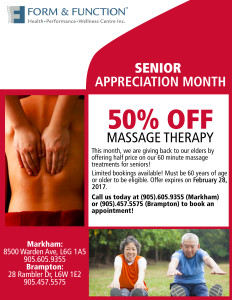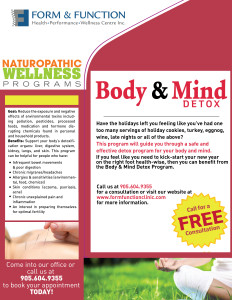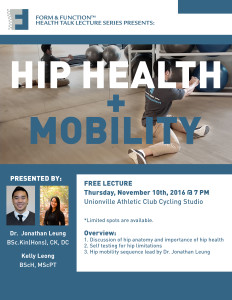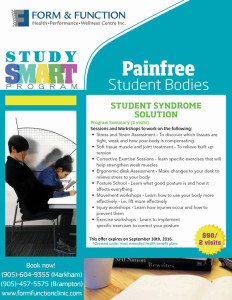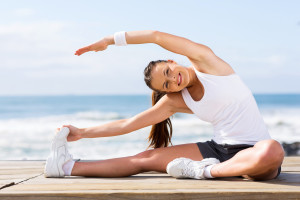Resolutions
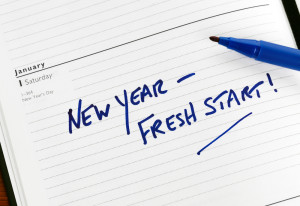
With New Year’s just passing, many of us have resolutions to better ourselves. If you have a resolution to exercise more, you may want to follow some of these tips:
- Start slow: Rome wasn’t built in a day. Take exercising at a slow pace and ease yourself into any new routines. Once you are comfortable with that, then push yourself harder.
- Be realistic: Change takes time. Don’t get down on yourself when you don’t see immediate responses to exercise. Think more on the scale of weeks with meaningful change starting in 6 weeks.
- Positive reinforcement: Focus on how you feel rather than pure numbers (like a scale). If you feel more energetic, stronger, faster, better then feed off that feeling. If you feel more tired, sluggish, painful then you should consult a professional to take a look at your symptoms.
- Consult a pro: Talk to a professional for help on exercise selection. There’s different levels of exercises and you may be hopping too many levels without proper guidance leading to increase risk of injury.
The professionals at Form and Function can always help your meet any health and exercise goals. Come in and let us help you get to where you want to go.
Manni Wong, Physiotherapist
Be Proactive, Not Reactive
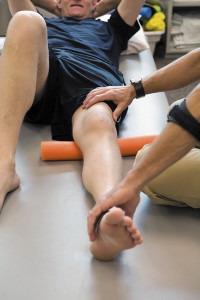
I have mentioned this (Prehabilitation) before but it bears importance so I’ll mention it again. Most people are reactive in their approach to health. When something hurts, they go seek medical attention. But why not be proactive in your health? Instead of finding out an injury may set you back a couple months, why not try to prevent it from happening in the first place? In terms of physiotherapy, proactive treatment sessions or prehabilitation can help you do just that.
Come into Form and Function proactively and get your movement patterns, joint mobility, muscle strength and flexibility among other things assessed and a preventative program set in place. We can manage the program with just a few follow ups and it might just save you from the hassle and stress of an injury later on.
Manni Wong, Physiotherapist
Choosing the Right Shoes
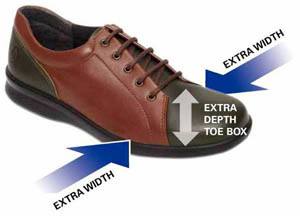
If your toes cramp up from time to time, you may be irritating a nerve underneath your foot. You are basically causing the bones in your toes to be squeezed up against the thin nerve that runs in between them.
Make sure to wear shoes that are roomier at the toe box (the region in the shoe that houses your toes). Wearing shoes with a narrow toe box should be avoided and/or minimized.
Jennifer Lam, Chiropodist
Massage Eases DOMS, Boosts Recovery in Athletes and Bodybuilders

Sport massage after intensive exercise will improve power and perceptual recovery in athletes. A 30-minute massage significantly improves the recovery rate for bodybuilders. A massage treatment can induce delayed onset muscle soreness (DOMS). A post-exercise massage session can improve the exercise performance and recovery rate for those who engage in intensive exercise.
John Li, Massage Therapist
Stretching is like flossing…
The Importance of Health

Be happy so long as loved ones are healthy. Everything else can either be fixed, thrown out, bought or forgotten. Dr. Jon Leung |

